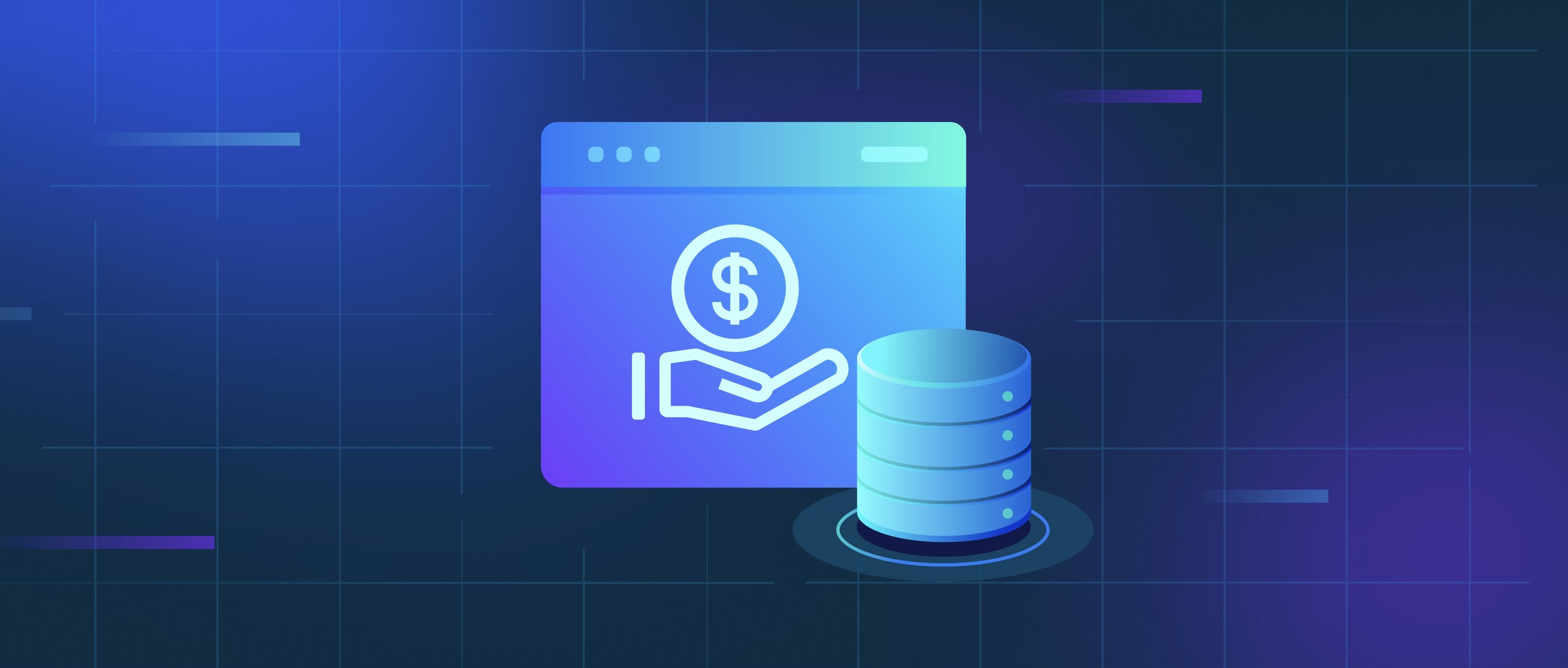Deep learning for action recognition focuses on identifying human actions from videos, combining spatial and temporal features. A popular approach is using architectures like 3D Convolutional Neural Networks (3D CNNs) or Recurrent Neural Networks (RNNs) with Long Short-Term Memory (LSTM) layers. These models are designed to analyze video frames over time and capture motion patterns. Preprocessing is critical before training. Videos are divided into frames, resized, and normalized. Tools like OpenCV or ffmpeg are helpful for extracting and processing frames. Additionally, datasets such as UCF101 or Kinetics provide pre-labeled video data for training action recognition models. Training a deep learning model requires splitting the dataset into training and validation subsets. Metrics such as accuracy and F1-score evaluate the model's performance. Advanced models like I3D or SlowFast, which are pre-trained on video datasets, can be fine-tuned to recognize specific actions in your dataset. Once trained, these models can classify actions in real-time or batch-process recorded videos. Action recognition has a variety of applications, including sports analytics, security surveillance, and gesture-based user interfaces. Challenges such as background noise and variable lighting conditions can be mitigated with careful preprocessing and robust model design.
How to use deep learning for action recognition?

- Advanced Techniques in Vector Database Management
- Accelerated Vector Search
- Exploring Vector Database Use Cases
- GenAI Ecosystem
- Optimizing Your RAG Applications: Strategies and Methods
- All learn series →
Recommended AI Learn Series
VectorDB for GenAI Apps
Zilliz Cloud is a managed vector database perfect for building GenAI applications.
Try Zilliz Cloud for FreeKeep Reading
How does AutoML optimize computational resources?
AutoML, or Automated Machine Learning, optimizes computational resources through several key strategies. First, it autom
How can I fine-tune a pre-trained Sentence Transformer model on my own dataset for a custom task or domain?
To fine-tune a pre-trained Sentence Transformer model for a custom task or domain, start by preparing your dataset and s
What are stop words in search engines?
Stop words are common words like "the," "is," "in," and "and," which are often ignored by search engines when processing